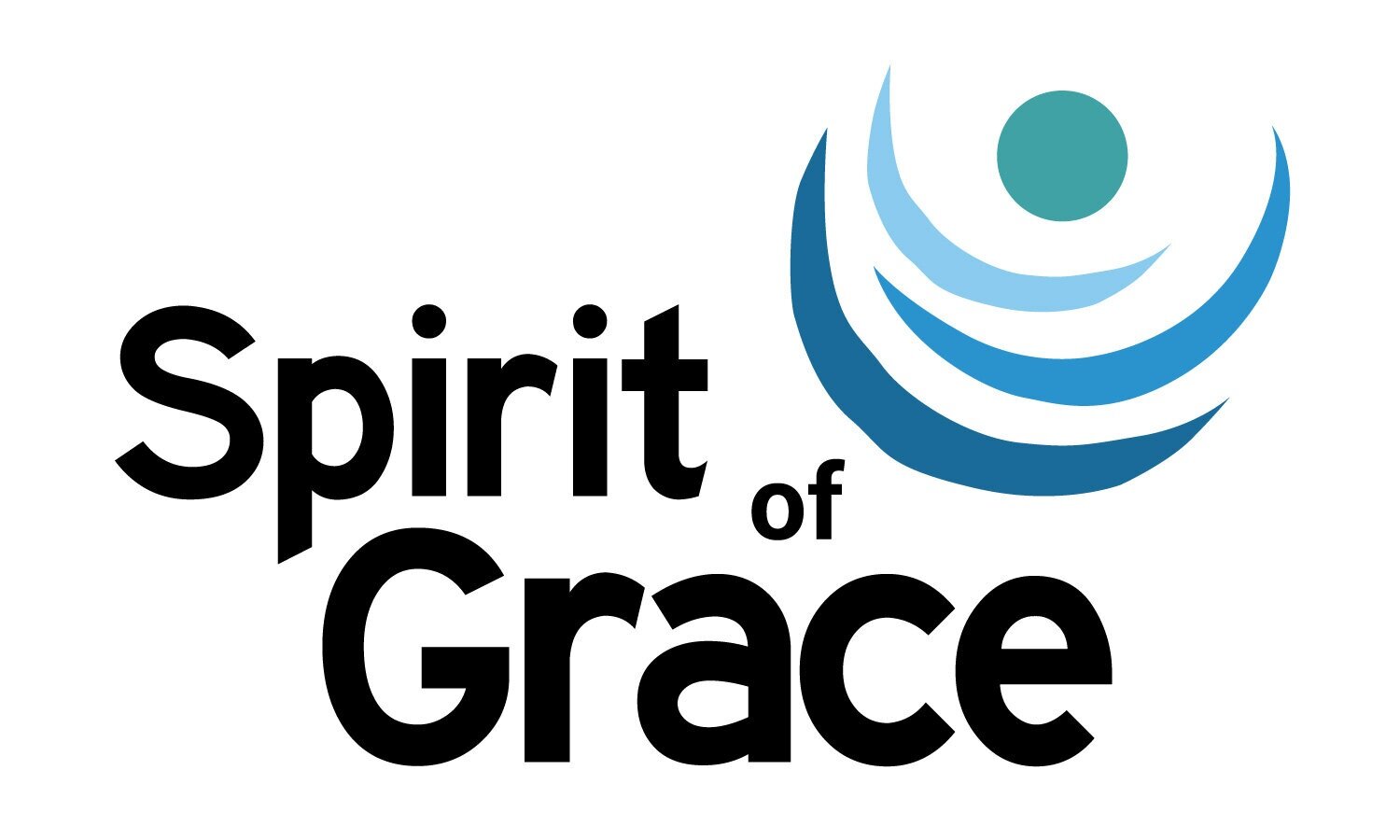A reflection from Nancy Hendricks:
The short days and long hours of darkness are both inspiring and depressing for me. There is more time for indoor pursuits, such as contemplation and reading, but the early onset of dark each day can toss me into the blues. Maybe the deep longings I have can come to fruition during these daily extended hours of darkness.
I can learn much about patience from observing the acres of hazelnut trees that surround our property and home. Walking the rows in the summer, I notice the male catkins forming already in June and hanging down in all their beauty by September. The female flowers, much less noticeable, are also forming at that time. The wind-blown pollination of the flowers does not occur until January. But the pollen sits there waiting for just the right moment, about six months later, when fertilization occurs. For most plants pollination and fertilization occur within hours or, at the most, days. The hazelnut teaches me to be patient— fruiting and growth can happen even after a six-month long period of waiting in dormancy.
The hazelnuts develop over the summer and the nuts start falling from the trees onto the ground in late September and early October. There is still darkness, and not everything meets the eye until the nut’s shellgets cracked and the delicious kernel is found. Spending time to roast the kernel brings out even more flavor. So more than a year passes, and many steps are required, before we can enjoy the hazelnut’s gift tous.
As I walk the fields with our dog and my husband, I am reminded to be patient, like the hazelnut. It is okay to sit with ideas, to take time to get to know someone, to trust that in time a harvest of sorts will come into my life also.
Hazelnuts need each other as well. A single tree will not produce nuts. A community is needed. Just as ourcommunity is needed to support each other’s growth, in ways that we may not see at first. Just as we cannot see the kernel until the shell is cracked. Patience. Waiting. Darkness. Trust. Abundance. These are some of the words and actions that I ponder while I walk the hazelnut orchard.
Practice and Reflection:
If you’re able to gather some hazelnuts this week, enjoy them with intention. Can you taste or imagine the patience, the year, the soil, the roots of the orchard within them?













